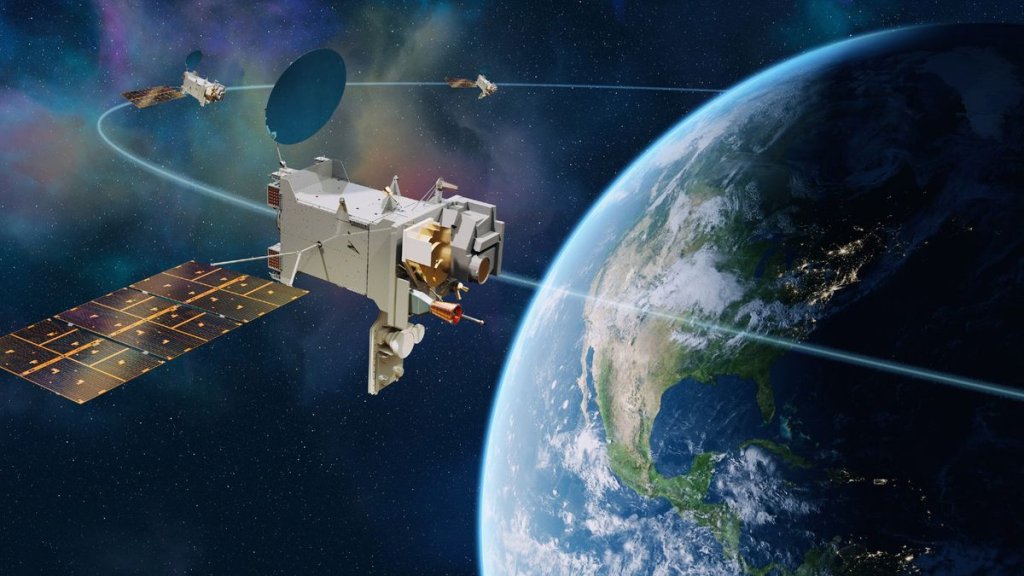For the second time in a row, Lockheed Martin will be at the forefront of the creation of National Oceanic and Atmospheric Administration (NOAA)’s next generation weather satellites.
Last month, National Aeronautics and Space Administration (NASA) awarded the aerospace company a $2.27 billion contract to develop and manufacture spacecraft for the next generation of NOAA satellites that will follow the Geostationary Operational Environmental Satellite (GOES) series, Geostationary Extended Observations (GeoXO). The contract includes developing three initial spacecraft and will also allow the option for an additional four. Work on the satellites will be done both at Lockheed Martin’s facility in Littleton, Colorado, and also at NASA’s Kennedy Space Center in Florida.
“Our team is excited and ready to move forward to design and field this critical national capability,” Kyle Griffin, vice president and general manager of Commercial Civil Space at Lockheed Martin, said in a statement. “Our GeoXO design draws heavily from what we’ve learned with GOES-R spacecraft over the last 15 years, while incorporating new, digital technologies not only onboard the vehicles but in the design and development of this powerful, weather-monitoring platform of the future.”
Like its predecessor constellation, GeoXO will continue to watch over the Western Hemisphere with mission goals to increase observations from geostationary orbit, which is 22,236 miles (35,786 kilometers) above Earth. This will include monitoring weather, climate, air quality and ocean patterns and ecosystems to provide scientists with state-of-the-art imagery and information.
New instruments aboard the GeoXO satellites will enable the first geostationary observations of our coastal ecosystems and “continental U.S.-wide observations of harmful pollutants in the air we breathe,” Lockheed Martin’s statement adds.
This is the first time that NASA has awarded a contract to the incumbent on a back-to-back series for NOAA.
“We feel like we’ve broken the curse of the incumbent. It’s all because of the legacy we’re leaving with the GOES-R series and the fantastic work we did there; that’s what helped us win this contract for GeoXO,” Jagdeep Shergill, GOES-R Series program manager at Lockheed Martin, told Space.com. “We did a lot of work before we got the contract. Before we were even awarded, we went for a Phase-A series where we did a lot of preliminary design to make sure we had a very mature design leading into that proposal.”
Lockheed Martin has developed and launched more than 120 weather and environmental spacecraft for civil and military agencies in the government over the last 50 years. The initial GeoXo launch is set for the early 2030s and will continue on NOAA’s geostationary observations program into the late 2050s.
“We are so excited with GeoXO. We get to leverage everything we’ve learned on GOES, and we’re going to put all of that in the GeoXO series and make sure it’s an even better spacecraft,” Shergill said.

